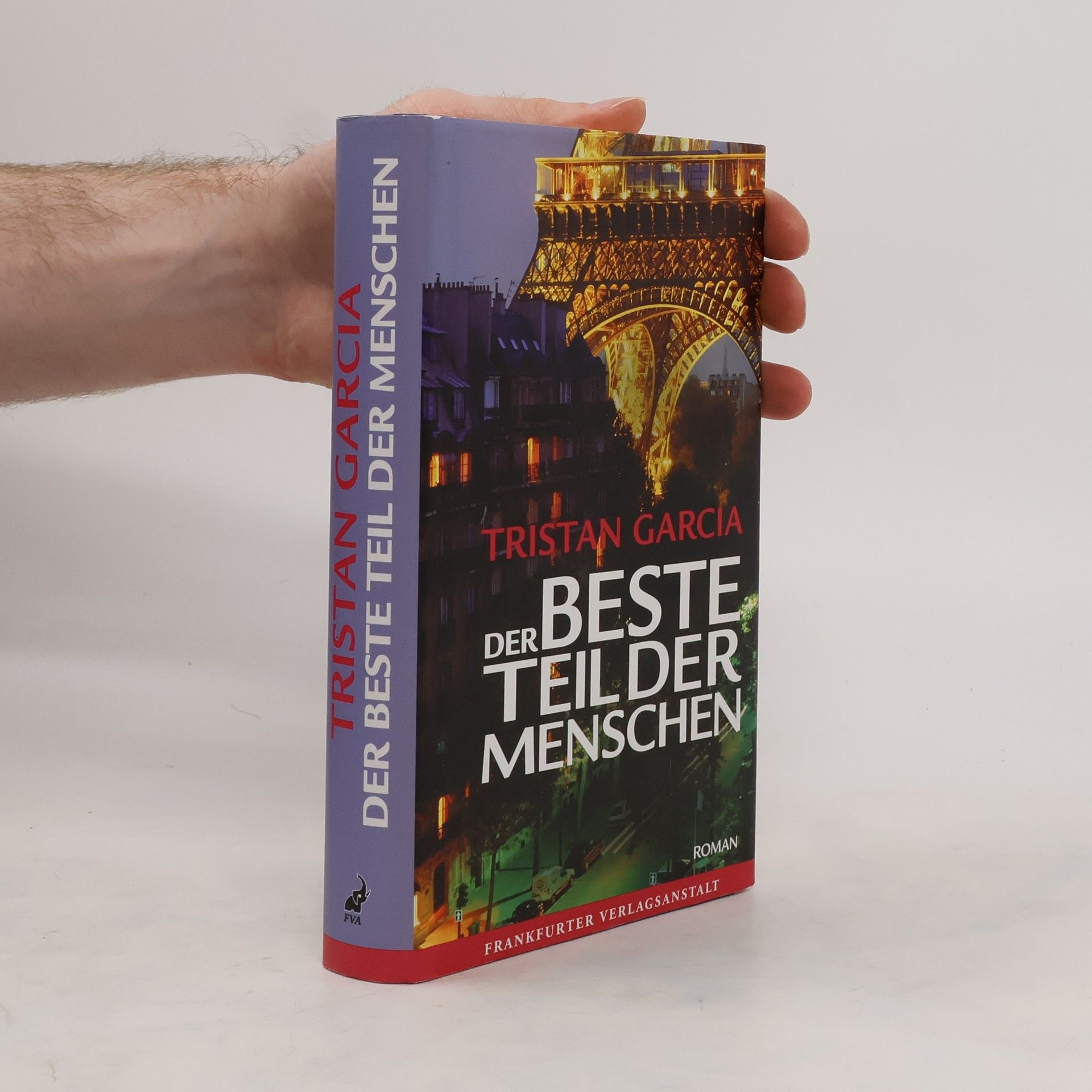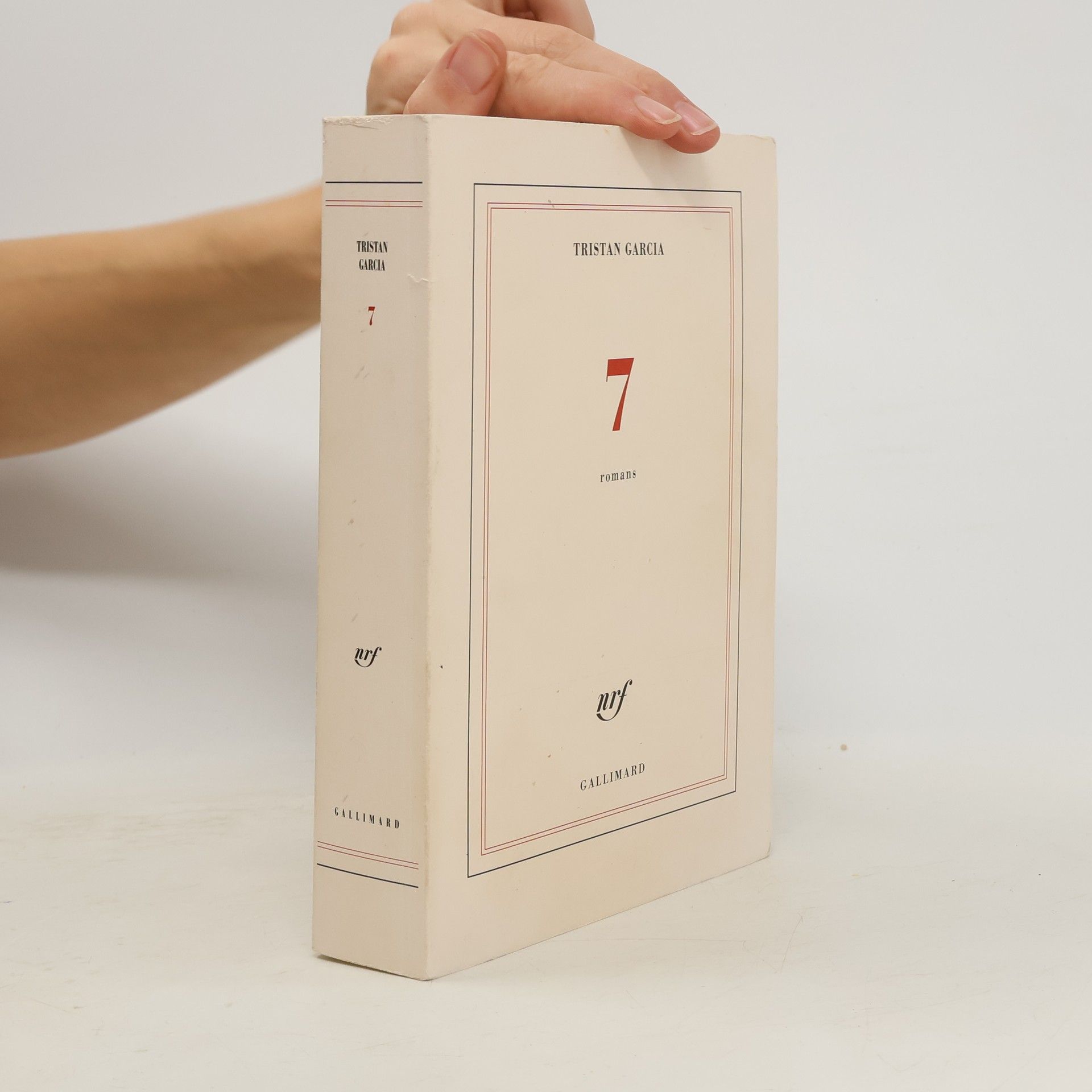As a philosopher and a novelist, Tristan Garcia inhabits two worlds, metaphysics and literary fiction, like an amphibious creature moving between the land and the sea, breathing in both air and water. As a philosopher he is drawn to metaphysics because, as he puts it, metaphysics is the edge of the abyss of thought, the unstable frontier of indeterminacy where thinking is no longer constrained by the principles of logic or the law of non-contradiction. Metaphysics seeks to describe the world from outside one’s own point of view. It aims at an ecstatic reconstruction of what keeps us locked up in our conditions, in our time and place, here among the living, with our subjectivities and within our situations. It gives us an idea of all constraints from a point of view that posits the possible absence of the constraint of having a point of view. The ambition of this slender book – which is at the same time a concise introduction to Garcia’s work and thought – is to help us grasp and transform the conditions of our existence by paying equal attention to what is ending and what is just beginning, to the dusk and to the dawn. Till we cannot hold our breath any longer.
Tristan Garcia Book order






- 2022
- 2020
Throughout the history of human societies, the question of 'we' has always entailed the question of 'us and them'. Tristan Garcia's looks at the history of how people have imagined themselves in their societies. All in all, this work is a rigorous engagement with the history of humanity's attempts at being collectively.
- 2018
The book explores the societal pressure to seek heightened experiences across various aspects of life, from food and sexuality to extreme sports and drug use. It critiques the relentless pursuit of intensity that characterizes modern existence, examining how this demand shapes our lives and influences our choices. Through this lens, it invites readers to reflect on the implications of living in a culture that glorifies extreme sensations and experiences.
- 2018
»Wir« zu sagen, ein »Wir« zu bilden ist die politische Handlung par excellence. Wie aber konstituiert sich ein politisches Subjekt? Wie funktioniert diese Identitätsbildung? Und wie hat sie sich historisch in den letzten zwei Jahrhunderten entwickelt? Das sind die Fragen, denen Tristan Garcia in seinem neuen hochaktuellen Buch nachgeht. Eine fulminante Analyse der Identitätspolitik. Der »Kampf der Kulturen«, die Debatte um »den« Islam, um Geflüchtete, Rassismus, Feminismus oder »politisch korrekte« Sprache, um die Rechte der Tiere – immer geht es darum, im Namen eines »Wir« zu sprechen, sich abzugrenzen oder zu inkludieren, sich zu mobilisieren und zu organisieren. Die Intensität dieser Wir-Bildungen nimmt wieder enorm zu. Garcia tritt einen Schritt zurück und entwirft ein allgemeines Modell, das anhand von Mechanismen der Konturierung, Überlappung und Priorisierung zeigt, wie solche Wir-Identitäten gebildet werden. Und er erzählt die Geschichte ihrer Dynamik, ihrer Kontraktionen und Extensionen: eine Geschichte von Herrschaft und Widerstand.
- 2017
Das intensive Leben
Eine moderne Obsession
Im 18. Jahrhundert fasziniert ein neues Fluidum die Welt: die Elektrizität. Mit ihr wird die Intensität zu einem Ideal für den Menschen und zu einem Begriff der Philosophie. Von der Macht Nietzsches bis zum Vitalismus Deleuze', von der nervösen Erregung der Libertins bis zum Adrenalinkick der Begierde, der Leistung und der Extremsportarten: Die Intensität organisiert seither unsere Welt. Sie ist der höchste Wert des modernen Lebens, wie der junge französische Philosoph Tristan Garcia in seinem mitreißenden Essay zeigt. Die ständige Suche nach Intensität ist allerdings auch anstrengend: Süchtig jagen wir neuen Höhepunkten und Extremen nach, immer unter Strom. Kein Wunder also, dass in unseren »Hochspannungsgesellschaften« das Unbehagen wächst. Die intensive Landwirtschaft zerstört die Natur, das Selbst ist erschöpft, Apathie, Mittelmäßigkeit und Depression signalisieren das Ende des großen Wachstums- und Intensitätsrauschs. Wie können wir dennoch das Gefühl bewahren, am Leben zu sein? Jenseits von Lebenshilfe und Glücksratgebern, die Weisheit und Seelenheil in einer Rückkehr zu Buddhismus oder Religion versprechen, und mit der E-Gitarre im Gepäck ruft Garcia zum Widerstand auf. Seine Forderung: Wir brauchen eine Ethik der Intensität.
- 2015
7
- 569 pages
- 20 hours of reading
Sept fois le monde. Sept romans miniatures. Il y sera question d'une drogue aux effets de jouvence, de musique, du plus beau visage du monde, de militantisme politique, d'extraterrestres, de religion ou d'immortalité. Sept récits indépendants dont le lecteur découvrira au fil des pages qu'ils sont étroitement liés. Peu à peu, comme un mobile dont les différentes parties sont à la fois autonomes et solidaires, 7 compose une image nouvelle de la psyché de l'homme contemporain, de ses doutes et de ses croyances nécessaires. Exploration réaliste de divers milieux sociaux, 7 est aussi le récit fantastique d'une humanité qui tourne volontairement le dos à la vérité et préfère se raconter des histoires.
- 2015
Der junge Faber war cool, schlau, ein bisschen gefährlich und ziemlich unnahbar. Das Idol der ganzen Schule und ihre erste große Liebe. Doch als Madeleine ihn in seiner armseligen Hütte in den Pyrenäen wiederfindet, erkennt sie ihn kaum wieder. Er ist verwahrlost und offenbar verrückt. Etwas größenwahnsinnig war er schon als Jugendlicher, ein verführerischer Rebell, mitunter buchstäblich besessen. Mit Basile bildeten sie damals ein unzertrennliches Trio, träumten von Gerechtigkeit und Glück und kämpften einen gefährlichen Kampf. Das alles ist fünfzehn Jahre her. Madeleine nimmt Faber also mit zurück an den Ort ihrer Jugend, wo sie noch immer lebt, versucht gemeinsam mit Basile, ihn zu retten – doch in Wahrheit geht es um Rache. Bald schon um Leben und Tod. Was haben die drei einander angetan? Dieser große Roman erzählt von der Suche nach Halt und Zukunft, von Träumen und Verführung, von der Jugend und ihren Idealen. Der raffiniert gebaute Text ist selbst bis zur letzten Seite auf der Suche nach Fabers Geheimnis.
- 2010
Es ist die Geschichte von drei Männern im Paris der 80er Jahre. Da ist der homosexuelle Willie, der aus der Provinz nach Paris gekommen ist, um »den Kokon in einen Schmetterling zu verwandeln«. Er geht mit der Mode, wird später Skandalschriftsteller, den die Medien zerreißen. Dominique Rossi ist ein charismatischer Schönling und politischer Linksaußen, er gründet die erste Schwulenbewegung Frankreichs Der dritte, Jean-Michel Leibowitz, repräsentiert jene Art des kultivierten jüdischen Pariser Intellektuellen, den das Fernsehen liebt. Willie und Dominique sind erst ein Paar, dann verfeindet. Jean-Michel mutiert zum Salonphilosophen und verliert, zu sehr von der Macht fasziniert, seine Überzeugungen. Die Journalistin Elisabeth Levallois, die Freundin Willies, die Kollegin Dominiques und die Geliebte von Jean-Michel, berichtet vom Leben der drei Männer, die jeder auf seine Weise das kulturelle Paris repräsentieren. Alle vier erleben eine Geschichte von Leidenschaft und Verrat in einem Paris, das Ende der 80er Jahre zur Hauptstadt von Sex und Tod wird.

